Friends of Miami Parks
Miami’s parks should be protected and well-kept for EVERYONE to enjoy!
City’s Horrible Plan Would Ruin
Morningside Park!
The 14 pictures on this web page tell you the story:

Notice the park’s many existing facilities, and that it has 7 open grassy play areas.
Now look at the latest version (14FEB2022) of the City of Miami’s plan:


Picture 2: City’s plan for Morningside Park.
Because this new plan moves the pool to where the basketball court currently sits, 8 other facilities get moved! The basketball court, the brand-new children’s playground, softball field, soccer area, loop road, parking lots, palm garden and restrooms get moved or demolished and rebuilt somewhere else. The City’s plan would take out 230 trees – most would be relocated but others are too big to move so they would probably be cut down!
Why does the City want to move the pool? Because it sits in a VE (high risk) flood zone. They want to move it inland, to an AE (lower risk) flood zone. But the flood zone map is being revised, and the ENTIRE park is becoming an AE, lower risk flood zone!
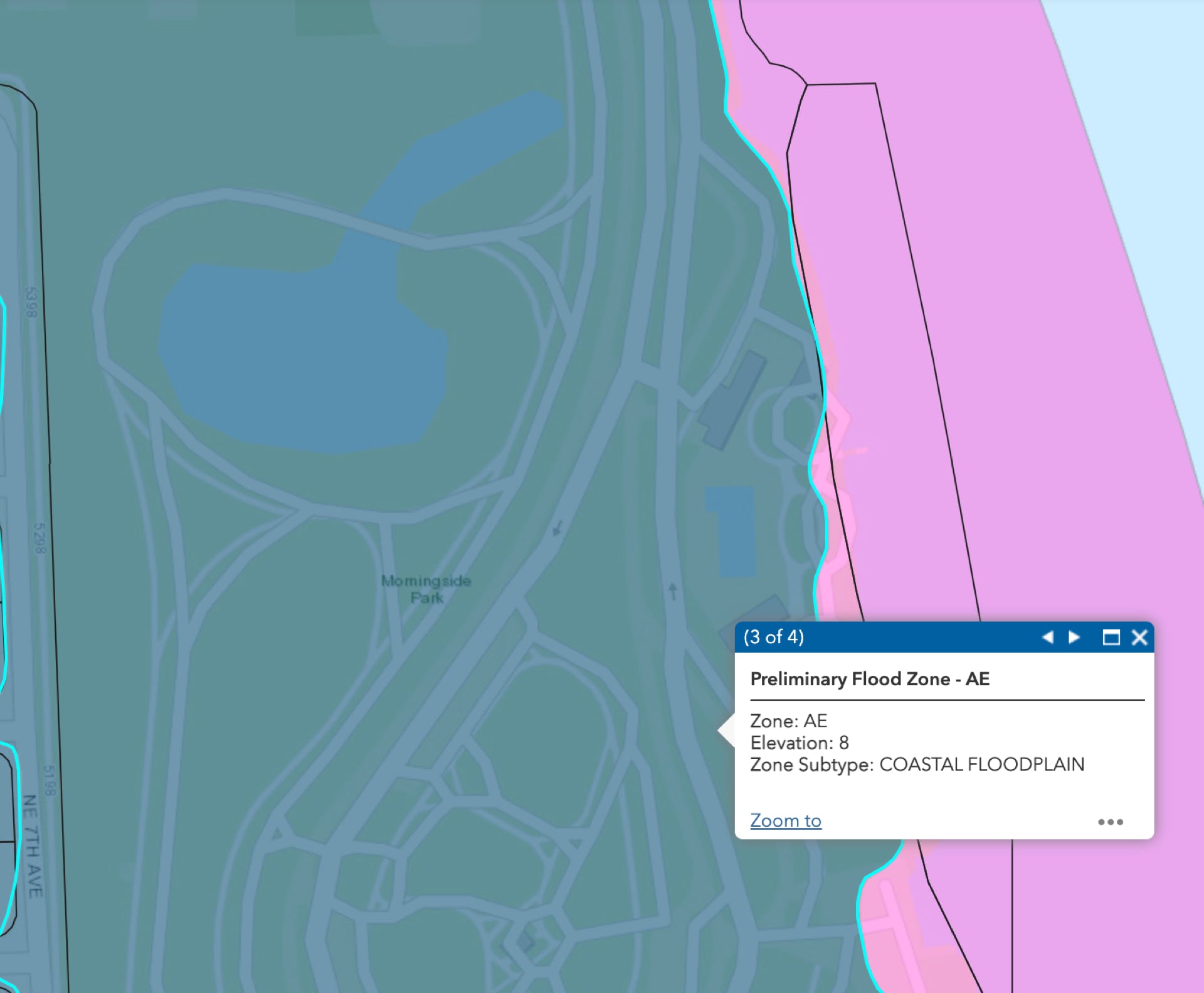

Picture 3: Preliminary flood zone map.
Above is the new flood zone map. All of the park, in green, will be in the same AE flood zone. (The VE zone is in pink, in the bay.) So now there is no reason to build the new pool inland, no reason to demolish, move and rebuild 8 other park facilities!
Another Problem:
The City wants to ruin our beautiful bayfront picnic area and green space!

Picture 4: Bayfront picnic area.

Above is what we’re trying to preserve – Morningside’s beautiful waterfront picnic area and scenic bay views. A seawall along the shoreline would preserve this wonderful area. Shoreline seawalls are the norm at waterfront parks, like the City recently did at Alice Wainwright and Albert Pallot Parks. But instead, the City wants to remove 11 trees, then plant 3 foot-tall marsh grass the public can’t walk on or lay a picnic blanket on or play on. This plan would greatly harm our enjoyment of the park’s waterfront:
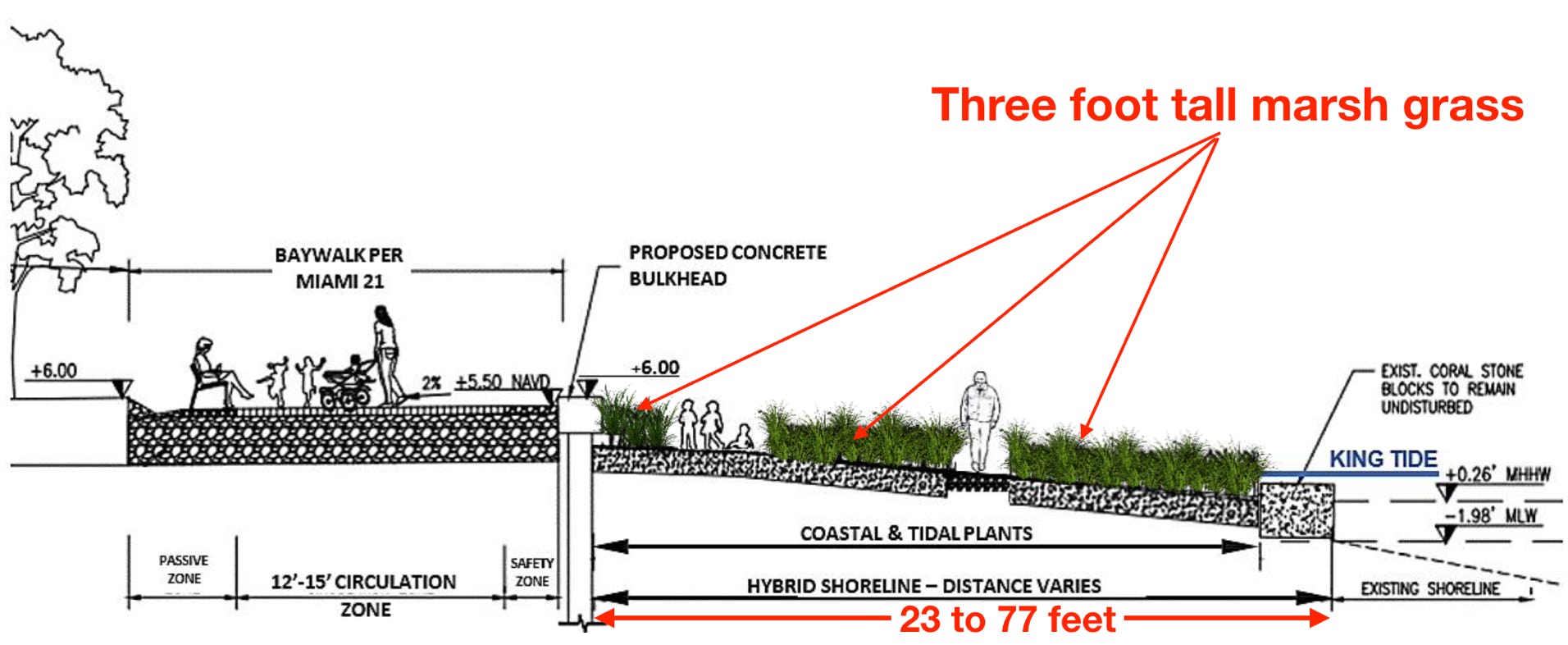
Picture 5: City’s plan for the waterfront.
The City’s plan puts the bulkhead (seawall) 23 to 77 feet from the shoreline, back into the park to create a mangrove-incubating wet land! Large areas of impassable 3 foot-tall marsh grass would be planted. The swamp would soon be infested by weeds, floating trash, and a mangrove invasion that could grow tall and thick unless forever maintained. We would lose our precious bayfront picnic area forever!
Why this plan? Because the City is being bribed by a $400,000 completion grant from The Nature Conservancy. But our waterfront picnic area is priceless!


Picture 6: How far back they would go turn the bayfront into a swamp.
This picture shows how far back the swamp would extend into the park – from the water to the red line, where the seawall would be! This is precious waterfront land where we now enjoy picnics. Here’s a common-sense alternative:


Picture 7: Alternative plan for the bayfront.
This design preserves the waterfront recreation and picnicking, by placing the seawall at the shoreline and environmental boulders in the bay, like the City did at other parks:
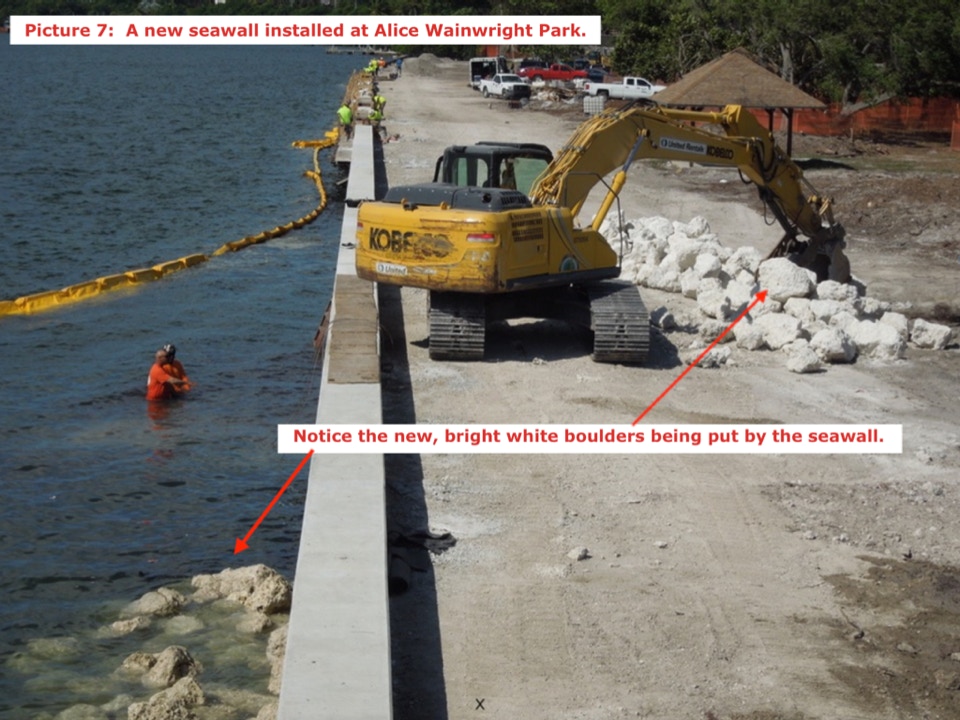

Picture 8: A new seawall installed at Alice Wainwright Park.
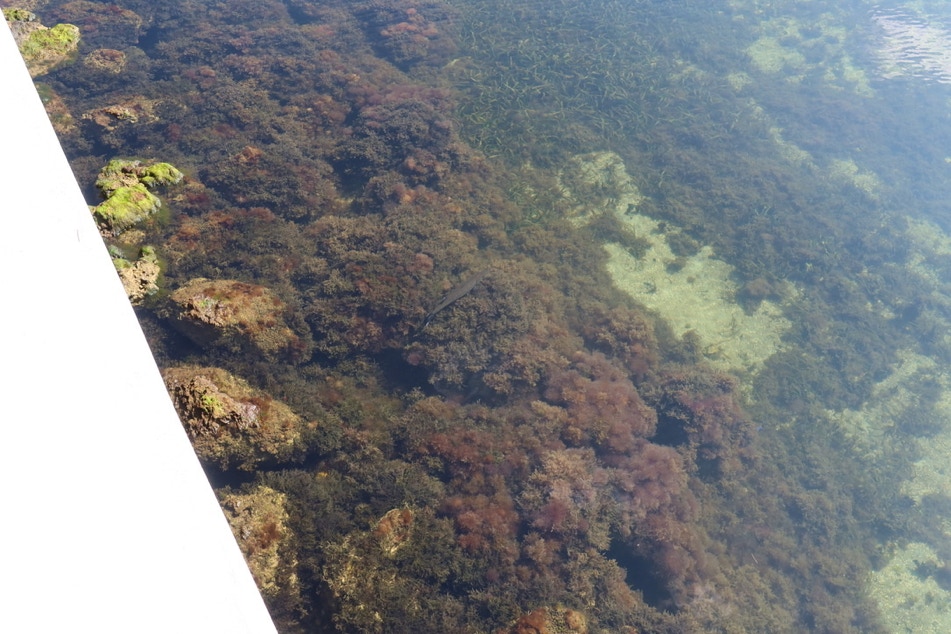
The picture above was taken on March 26, 2021. The boulders diminish wave energy against the seawall and the bay bottom, which makes the seawall last longer and also improves water clarity. Now look at the picture below, taken 10 months later on January 27, 2022:


Picture 9 : Boulders along the seawall create an artificial reef.
Picture 8: Boulders along the seawall create an artificial reef.
Notice how the formerly clean, bright white boulders are now covered with thriving marine plant life, which feeds small fish. The hard rocks also provide anchoring for water-filtering shell fish (oysters, mussels, etc.) to grow.
This living shoreline is a fabulous environmentally friendly
win-win-win design; it provides shoreline protection,
habitat creation and public recreation.
The Alice Wainwright or Albert Pallot Park living shorelines are what
the City of Miami should do at Morningside Park.
Please help! Click here to sign a petition to keep
Morningside Park’s facilities in place.
The park you save may just be your own!
More Badness…
The City’s awful plan would also shrink the loop road, even though the public has consistently said they want it kept “as is”. A petition with 2,100 signatures, the Morningside Civic Association survey, and a vote taken by Commissioner Ken Russell at the Community meeting of November 29, 2021, all asked to keep the loop road as is. Why? Because generations of families have made precious memories picnicking there and it’s a wonderful place to conveniently picnic. It should not be needlessly disrupted.


Picture 10: Shrunken loop road.
Above, the existing loop road (shown in black) would be shrunk in half, taking it away from the picnic area under the shade trees, in order to create open play areas – even though the park already has seven open play areas. This makes no sense.


Picture 11: Puddles in the palm garden.
The plan also disrupts the palm garden, in part because it has puddles after heavy rain. But those puddles only happen 10 to 12 days a year, are limited to a few low spots, and are only 3 to 4 inches deep.
That short-term, shallow flooding can be remedied by filling in the low spots with a porous sand mix and adding a layer of asphalt to the walking paths.
Instead, the current plan calls for relocating 220 trees and adding 2 to 3 feet of topsoil. That’s expensive overkill. Many rare palms would be endangered by being moved to the bayfront and the close proximity to salt water.
Some large legacy trees like the one below, 70 + years old, are too large to move so they would probably be cut down:


Picture 12: Some trees are too big to move, would likely be cut down.
The palm garden has been there since the park was opened in 1953:

Picture 13: Palm Garden

An oasis of beauty and serenity with picnic tables, the palm garden also provides educational value, as each palm has a fact-filled sign and free educational tours are given to the public. ( Contact MorningsideTours@gmail.com )
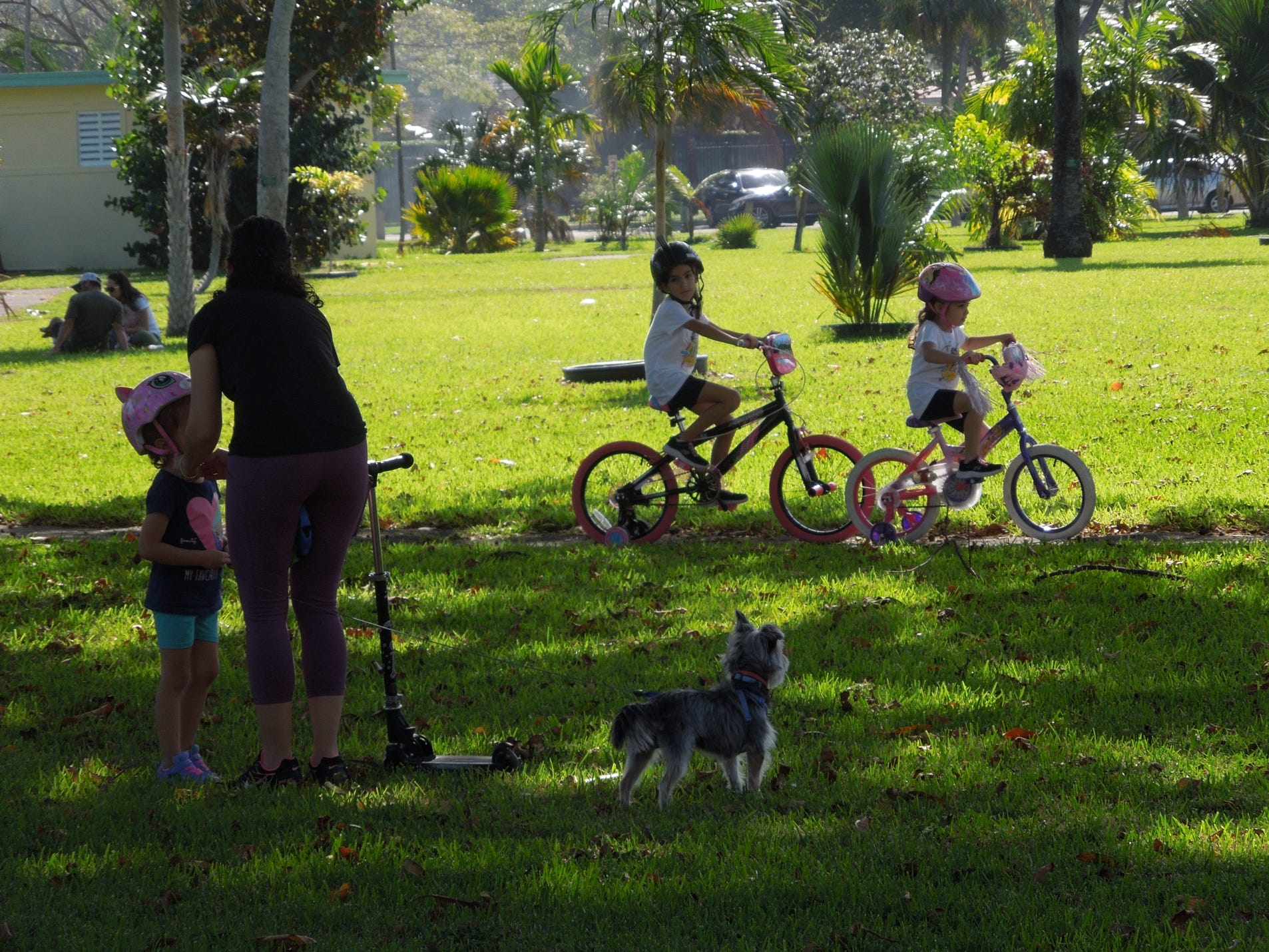
Picture 14: Families enjoy the Palm Garden.

Families enjoy the tranquility of the palm garden. It makes no sense to remove or relocate this beautiful garden.
Please help! Click here to sign a petition to keep
Morningside Park’s facilities in place.
New facilities can be added without disrupting existing facilities.
Please take one minute to help preserve this wonderful park: